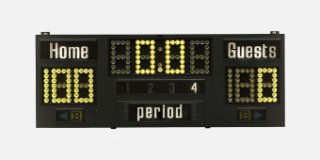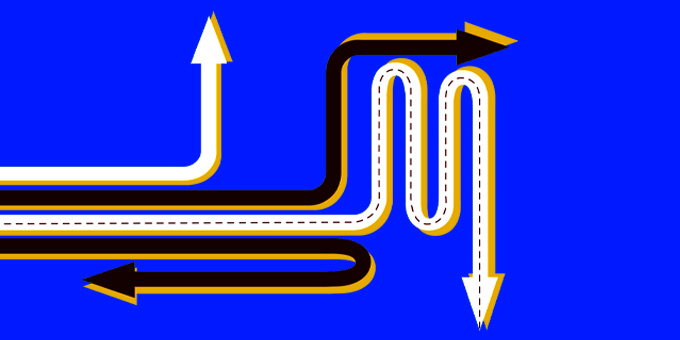
Angle
Why Confidence Scoring With LLMs Is Dangerous
What to know before relying on confidence scoring of LLMs in a document review setting.
Read MoreWhy Structured Data Is Essential in the Age of AI
Artificial Intelligence (AI) is transforming industries by automating tasks and generating insights, but its true effectiveness depends on high-quality, relevant data. Structured data is the most critical data type to maximise AI's benefits.
Read MoreEvolution of Contract Lifecycle Management (CLM) Maturity Through AI Integration
Why Human Expertise Matters in Placing Flexible Legal Talent
3 mins
As corporate legal departments face the challenge of meeting fluctuating demands without overextending resources, there has never been a greater need for flexible legal talent.
Read MoreArtificial Intelligence Invigorates the HSR Filing Process
3 mins
Many corporations are looking to partner with an alternative legal services provider, in collaboration with their outside counsel, to reduce the burden of the increased data-related requirements.
Read MoreHow To Deploy LLMs Part 2: Public vs. Private
3 Mins
Delving deeper into the pros and cons of each deployment architecture, we examine these options in terms of performance, cost, and capabilities. A thorough analysis clarifies and informs the best deployment strategy for your objectives and...
Read MoreHow To Deploy LLMs Part 1: Where Do Your Models Live?
Below, we detail the questions to ask your provider and how to understand their answers regarding the quality and performance of their solution and the security and privacy implications.
Read MoreHow Gen AI Advances Legal Playbooks
The Four Hidden Risks of a Fragmented CLM Deployment
State of Play: Adoption of Gen AI in Corporate Legal Departments
Want AI? Consider Workflow Automation Technology
3 Mins
The hype around Gen AI has contributed to a wave of interest in how to apply many forms of AI, not just Gen AI. As companies promote the adoption of AI enterprise-wide to remain competitive, some in-house legal departments are enjoying less...
Read More










